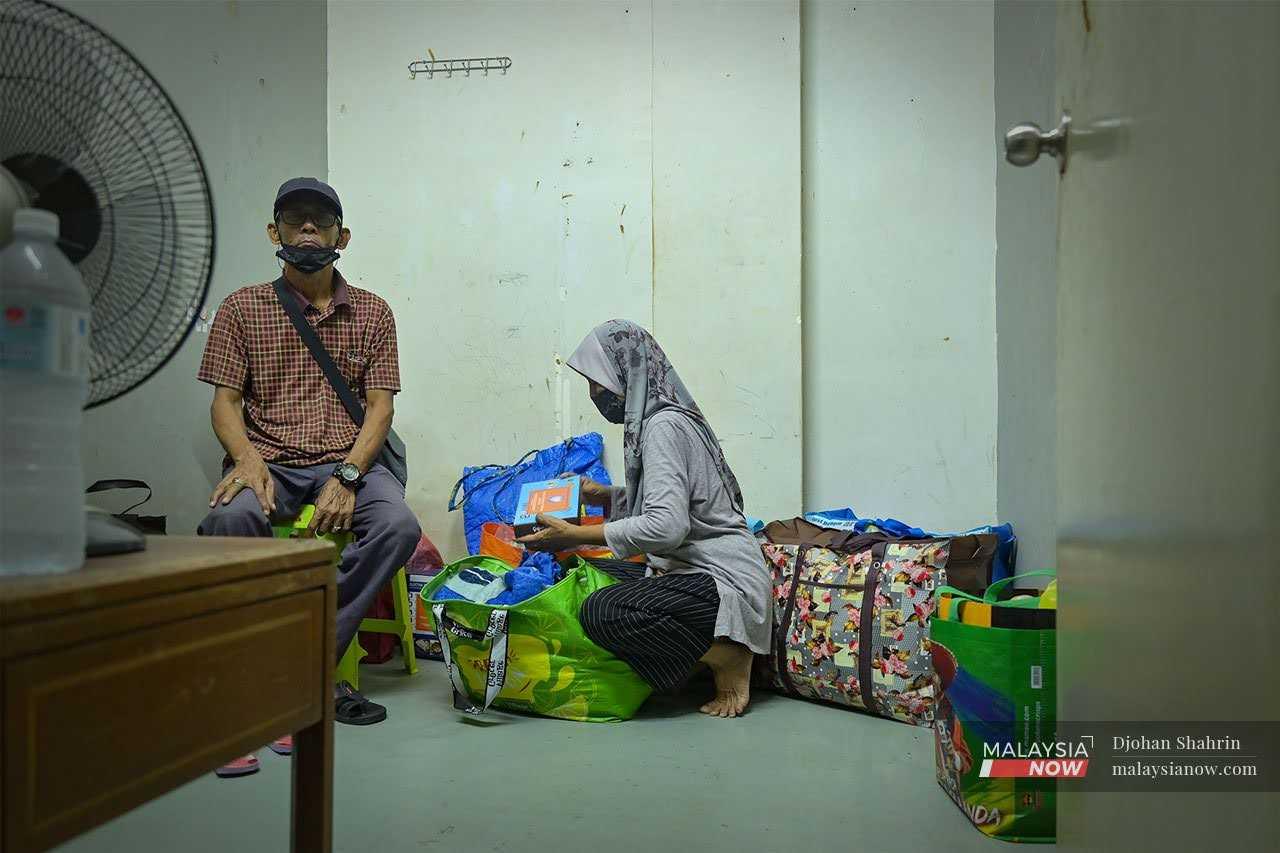Elderly care homes in eye of Hong Kong’s deadly Covid storm
Care homes have become the epicentre of the city's worst-ever outbreak, accounting for nearly 60% of all deaths since January when an Omicron-fuelled resurgence kicked off.
Just In
Kathleen Wong thought her 89-year-old mother was lucky to get a coveted spot in a government nursing home, but now she watches in horror as a coronavirus wave tears through Hong Kong’s elderly population.
Care homes have become the epicentre of the city’s worst-ever outbreak, accounting for nearly 60% of all deaths since January when an Omicron-fuelled resurgence kicked off.
Hong Kong has recorded nearly 3,000 deaths this year, with the majority among the elderly, the city’s most vaccine-hesitant group.
“I am on tenterhooks all the time, fearing a sudden call with bad news,” Wong told AFP.
Her mother, who has a cognitive disorder and needs help eating, is among the nearly 60,000 residents living in Hong Kong’s elderly care homes.
The facilities have recorded more than 1,700 deaths among 22,070 infected tenants – a fatality rate nearing 8%.
Overwhelmed with bodies piling up and elderly patients waiting in outdoor makeshift wards, Hong Kong’s hospitals have started turning people away.
This has pushed unequipped and understaffed facilities to battle the disease on their own, said Cheng Ching-fat, secretary-general of the Community Care and Nursing Home Workers General Union.
“Care homes do not have any design or facilities for quarantine,” he told AFP.
“Forcing the elderly to return to care homes is not much different from sending them to die.”
‘A perfect storm’
Hong Kong’s strict zero-Covid policy kept the coronavirus at bay for two years, but the city’s barriers fell to the highly transmissible Omicron variant at the start of 2022.
In less than three months, the fifth wave’s 600,000 confirmed infections have thoroughly eclipsed the 12,000 recorded in the pandemic’s first two years.
The actual number of infections is closer to 2 million, according to a University of Hong Kong study, making that one in four residents.
Hong Kong now has one of the highest fatality rates in the developed world.
The death rate is “tragic but expected”, said microbiologist Siddharth Sridhar in a tweet, as the city’s overwhelmed healthcare system converges with dismal elderly vaccination numbers and low rates of prior infection.
“(All three factors) create a perfect storm.”
David, a doctor who visits around 60 elderly homes, said Hong Kong’s low death figures in the first two years contributed to a “low level of vigilance” among families with relatives in nursing facilities.
So far, less than 50% of residents in their 70s have received two jabs, while only 32% of over-80s have two vaccine shots.
The hesitancy stemmed from fears they could badly sicken the elderly, he said.
“Many family members told us… it would be very hard for them if the elderly suffered side effects and even died of it,” David, who requested a pseudonym to speak freely, told AFP.
The city did not help matters with a lack of transparency over post-vaccination deaths, only trotting out experts each month to say they were unrelated without providing further details.
On Wednesday, as more than 700 facilities recorded infections, Hong Kong’s leader Carrie Lam said all care home residents would receive at least one vaccine dose within two weeks.
But unionist Cheng said the efforts came “too late”.
“They can’t stop old people dying.”
Exhausted staff
Tenants in the homes are often bed-ridden, living in spaces measuring as little as 70 square feet (6.5 square metres) and separated by crude partitions.
At Gracious Alliance, a facility in Hong Kong island’s Aberdeen district, half the 32 tenants and all staff members were infected within a fortnight in February, CEO Rebecca Chau Tsang told AFP.
They used a large room with a toilet to quarantine the infected and had a buffer room for close contacts, but it was “almost no use” given Omicron’s high transmissibility, she said.
In the end, two mildly ill staff stayed to care for sick residents, while a health worker clocked 20 hours a day for both the infected and the uninfected.
“This battle has exhausted all of us,” Chau said.
Wong, whose mother is staying in one of the few remaining care homes in Hong Kong unmarred by Covid-19, said she does not blame frontline workers.
“The problem lies with the government, which has no solution and has not done anything effective to combat the epidemic,” she said.
Wong laments having to scrap a plan to bring her mother home after her residential complex recorded spiralling coronavirus cases.
“All we can do is just sit and wait, but how long can the old people hang in there?”
Subscribe to our newsletter
To be updated with all the latest news and analyses daily.



